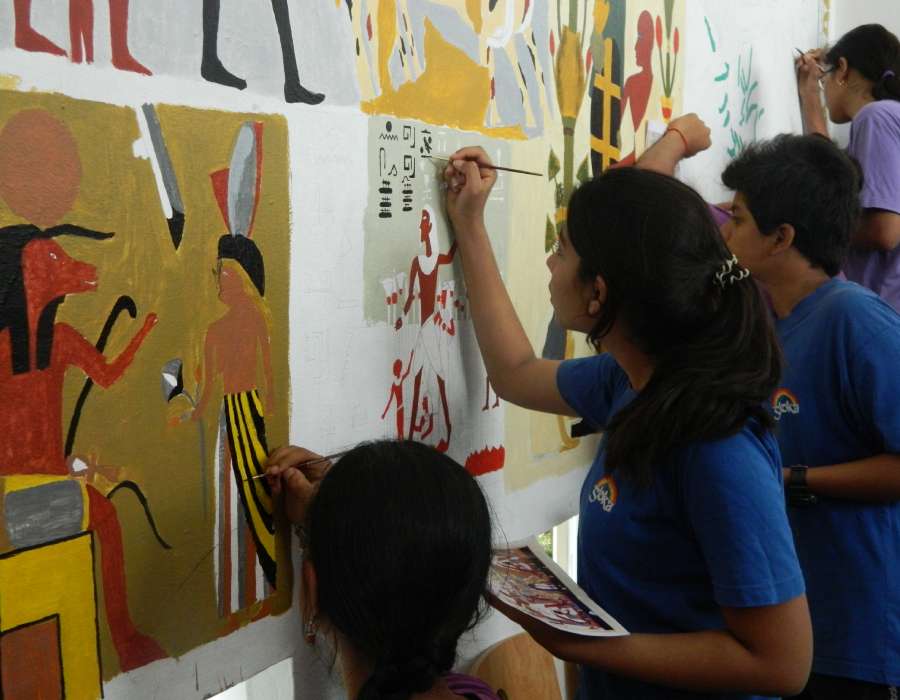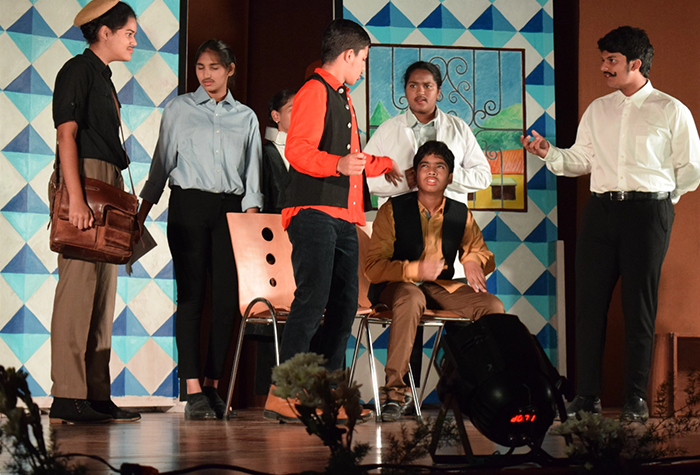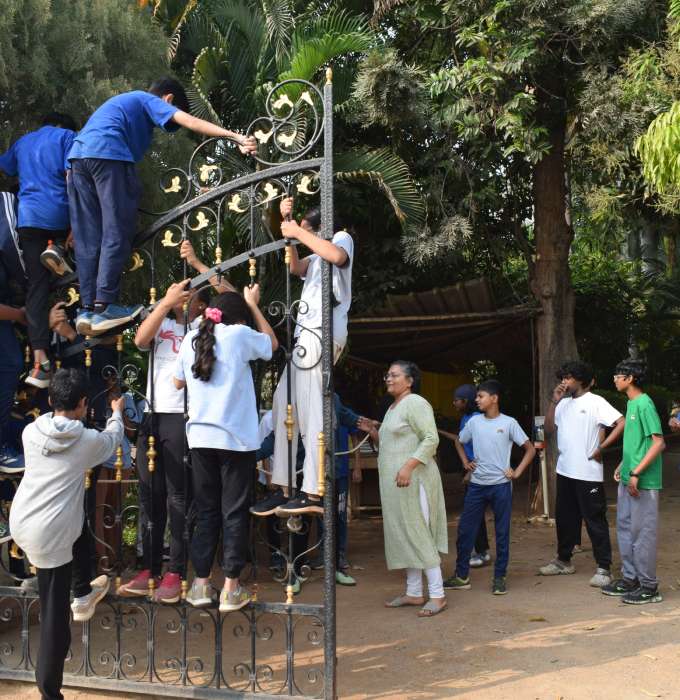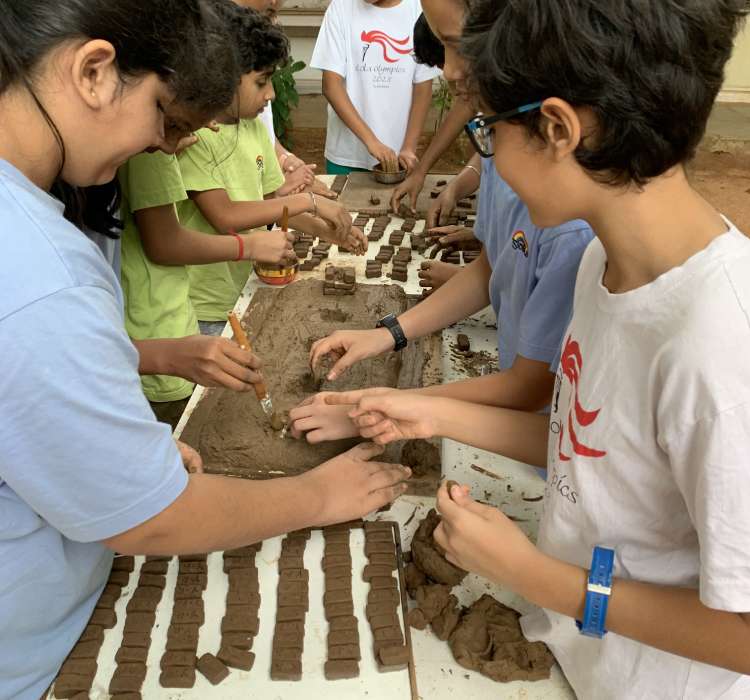
In middle school, the learning takes on a cyclical, interconnected quality. By observing phenomena around them, students trace scientific laws and mathematical principles in action. In Math, as they move up the grades with fractions and decimals to Business Math, Geometry and Algebra, practical applications help students see how various aspects of the world are linked.



